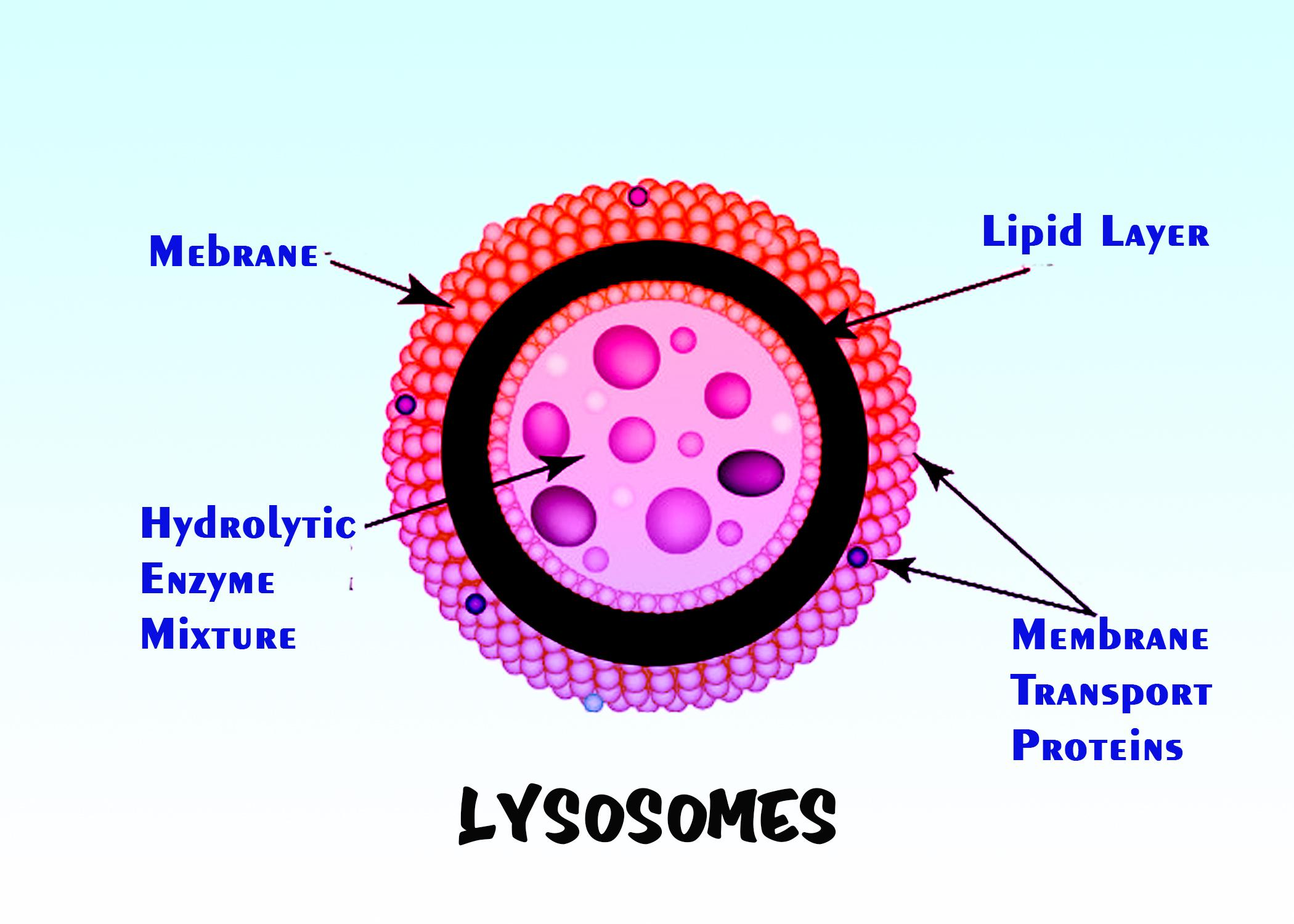
Which one of the following organelles is the garbage disposal system of the cell?
(A)Leukocyte
(B)Leucoplast
(C)Lysosome
(D)Endoplasmic reticulum
Answer
454.5k+ views
Hint: They preserve starch grains and oil drops. Such a colorless plastid is within the underground roots, stems. The endoplasmic reticulum (ER) presents a network of the membrane which encloses a fluid-filled lumen that almost fills the intercellular cavity. This organelle is also called a suicidal bag of cells.
Complete answer:
The other name of Leukocytes is called white blood cells. They are helpful in the management of the immune system of the body.
Leucoplasts are a type of plastid found in plants. The lysosome is the smallest cell and performs several functions such as:
(i) Extracellular digestion: lysosomal enzymes are removed outside the cell to move out the extracellular material. Therefore they are called digestive bags.
(ii) Digestion of foreign matter: Lysosomes also damage much foreign body within the cell, some of them are bacteria.
(iii) Cellular Digestion: Lysosomes break down and enzymes are released freely in damaged cells, old cells, dead cells, or cell organelles that do not work to digest them. In these processes, they remove cellular debris. Therefore, they are also called Cellular Waste Disposal Systems.
Additional information:
Lysosomes can also use their hydrolytic enzymes to damage the pathogenic organisms that might enter the cell. The perfect example of this happens in a group of white blood cells called macrophages, that are part of your body's immune system. In a process known as phagocytosis, a section of the macrophage's plasma membrane protrudes (folds) and envelops a pathogen. The invaginated section detaches from the plasma membrane, with the pathogen inside, and becomes a vesicle. The gallbladder fuses with a lysosome. The hydrolytic enzymes of the lysosome eventually destroy the diseased organism.

So, the correct answer is ‘Lysosome’.
Note: In animal cells, lysosomes are the "trash" of the cell. Digestive enzymes in lysosomes help break down proteins, polysaccharides, lipids, nucleic acids, and even spent organelles. In unicellular eukaryotes, lysosomes are important for the digestion of the food they consume and the recycling of organelles. These enzymes are active at a much lower (more acidic) pH than those found in the cytoplasm. Many reactions cannot occur at low pH that takes place in the cytoplasm, so the benefit of compartmentalizing the eukaryotic cell into organelles is evident.
Complete answer:
The other name of Leukocytes is called white blood cells. They are helpful in the management of the immune system of the body.
Leucoplasts are a type of plastid found in plants. The lysosome is the smallest cell and performs several functions such as:
(i) Extracellular digestion: lysosomal enzymes are removed outside the cell to move out the extracellular material. Therefore they are called digestive bags.
(ii) Digestion of foreign matter: Lysosomes also damage much foreign body within the cell, some of them are bacteria.
(iii) Cellular Digestion: Lysosomes break down and enzymes are released freely in damaged cells, old cells, dead cells, or cell organelles that do not work to digest them. In these processes, they remove cellular debris. Therefore, they are also called Cellular Waste Disposal Systems.
Additional information:
Lysosomes can also use their hydrolytic enzymes to damage the pathogenic organisms that might enter the cell. The perfect example of this happens in a group of white blood cells called macrophages, that are part of your body's immune system. In a process known as phagocytosis, a section of the macrophage's plasma membrane protrudes (folds) and envelops a pathogen. The invaginated section detaches from the plasma membrane, with the pathogen inside, and becomes a vesicle. The gallbladder fuses with a lysosome. The hydrolytic enzymes of the lysosome eventually destroy the diseased organism.

So, the correct answer is ‘Lysosome’.
Note: In animal cells, lysosomes are the "trash" of the cell. Digestive enzymes in lysosomes help break down proteins, polysaccharides, lipids, nucleic acids, and even spent organelles. In unicellular eukaryotes, lysosomes are important for the digestion of the food they consume and the recycling of organelles. These enzymes are active at a much lower (more acidic) pH than those found in the cytoplasm. Many reactions cannot occur at low pH that takes place in the cytoplasm, so the benefit of compartmentalizing the eukaryotic cell into organelles is evident.
Recently Updated Pages
Glucose when reduced with HI and red Phosphorus gives class 11 chemistry CBSE

The highest possible oxidation states of Uranium and class 11 chemistry CBSE

Find the value of x if the mode of the following data class 11 maths CBSE

Which of the following can be used in the Friedel Crafts class 11 chemistry CBSE

A sphere of mass 40 kg is attracted by a second sphere class 11 physics CBSE

Statement I Reactivity of aluminium decreases when class 11 chemistry CBSE

Trending doubts
The reservoir of dam is called Govind Sagar A Jayakwadi class 11 social science CBSE

What problem did Carter face when he reached the mummy class 11 english CBSE

Proton was discovered by A Thomson B Rutherford C Chadwick class 11 chemistry CBSE

What is the chemical name of Iron class 11 chemistry CBSE

Number of oneone functions from A to B where nA 4 and class 11 maths CBSE

In China rose the flowers are A Zygomorphic epigynous class 11 biology CBSE




